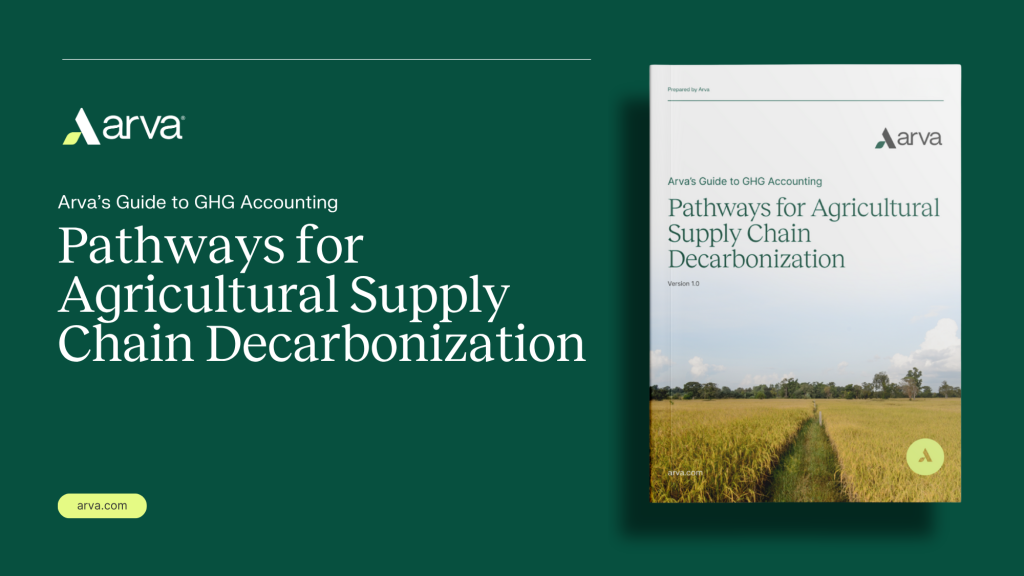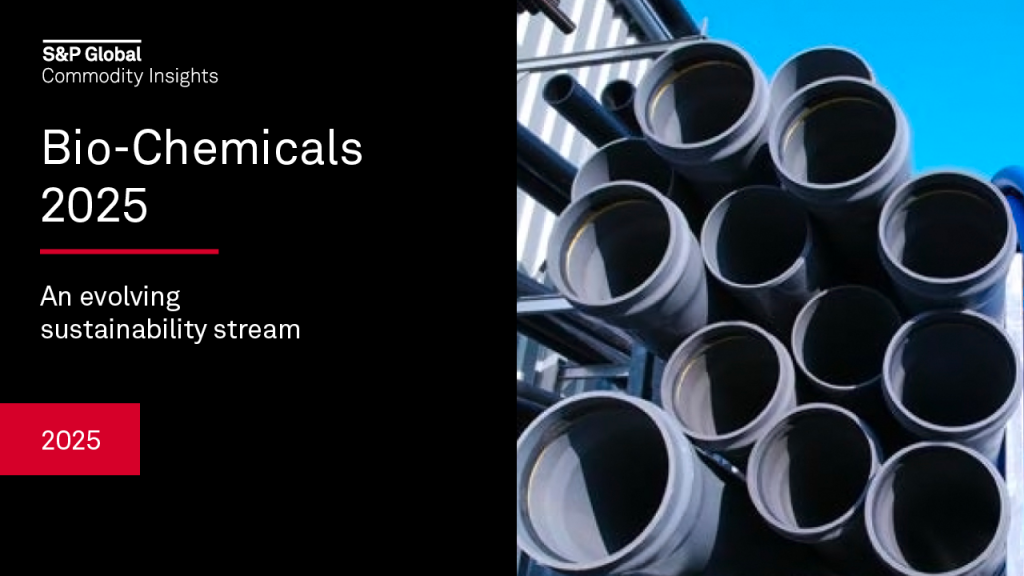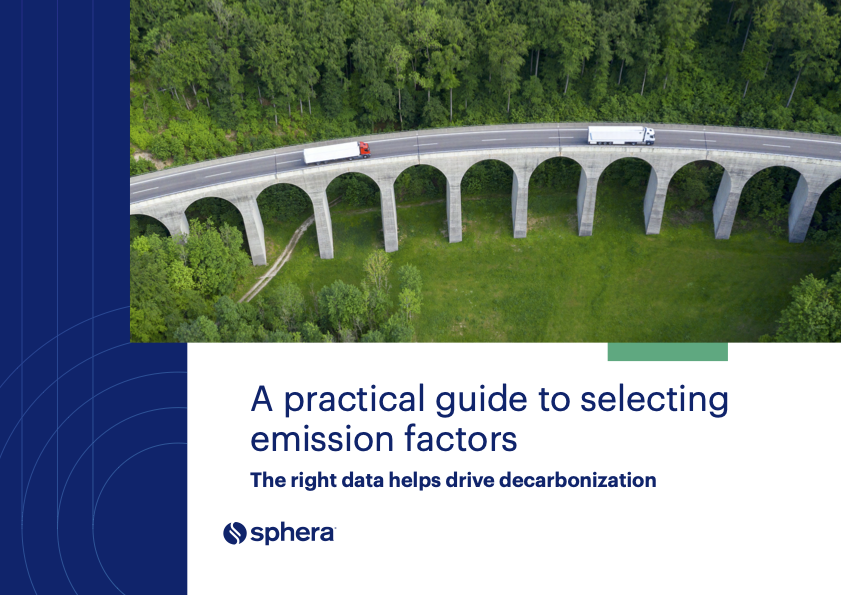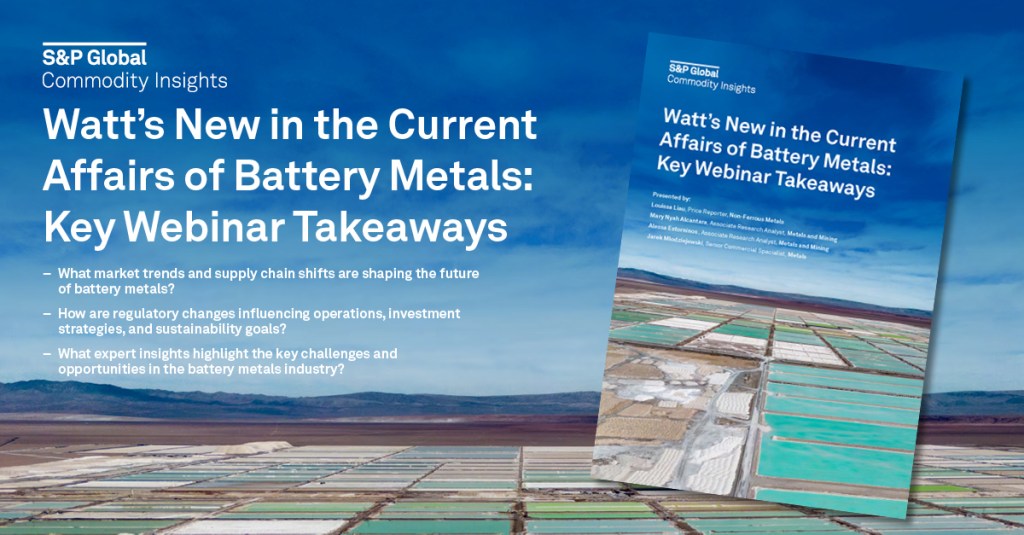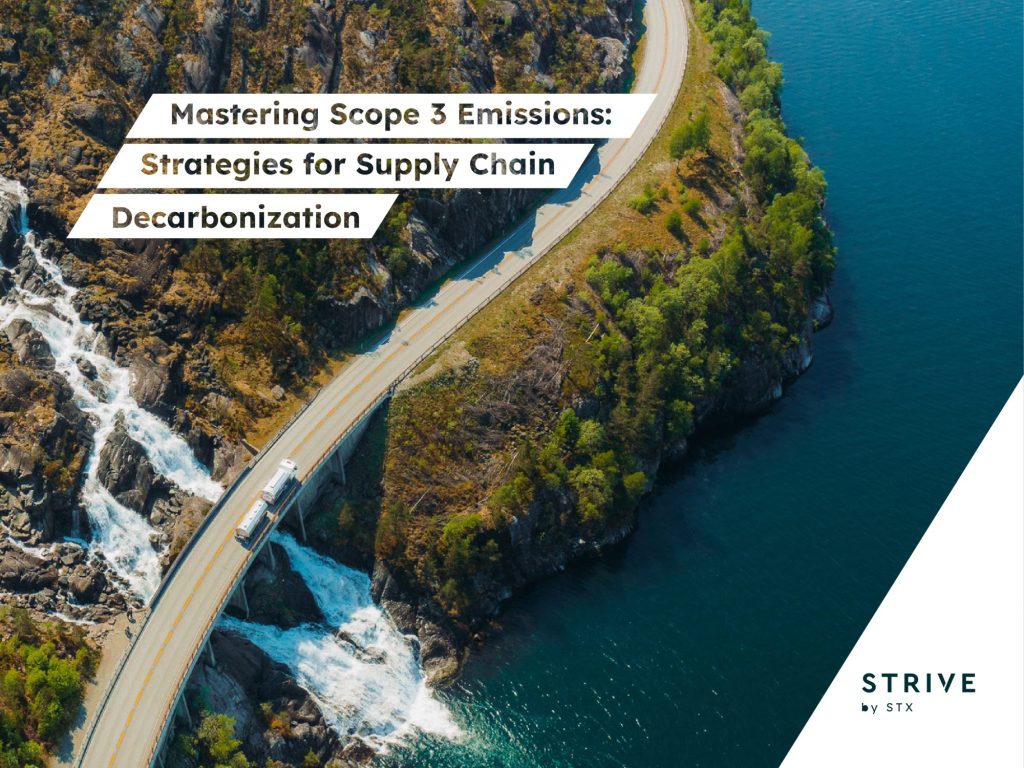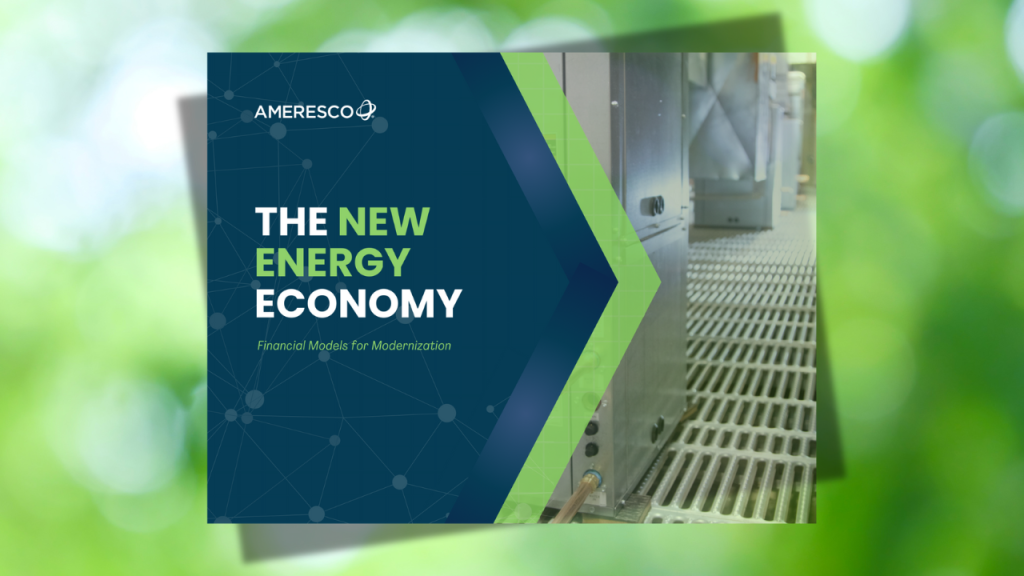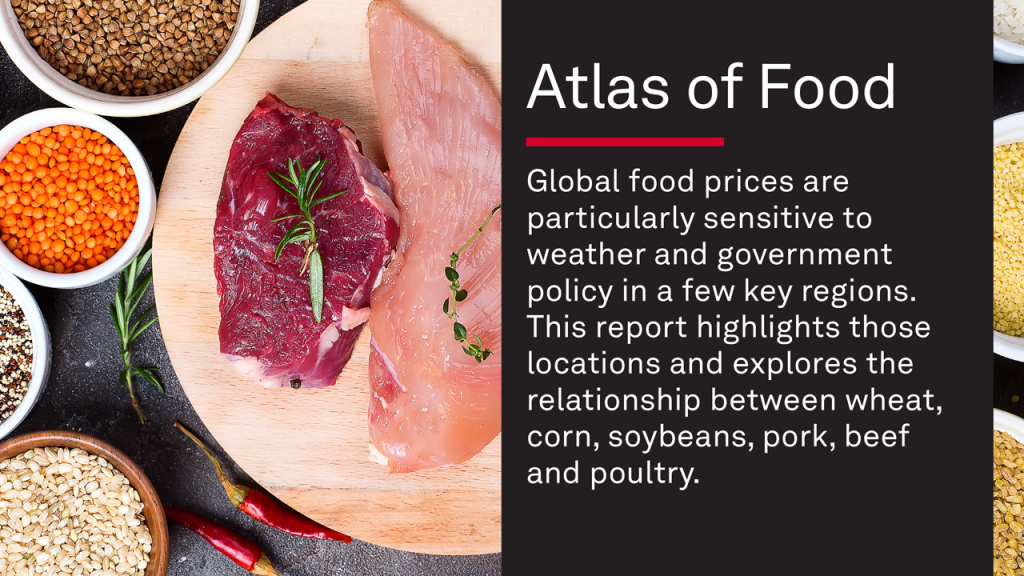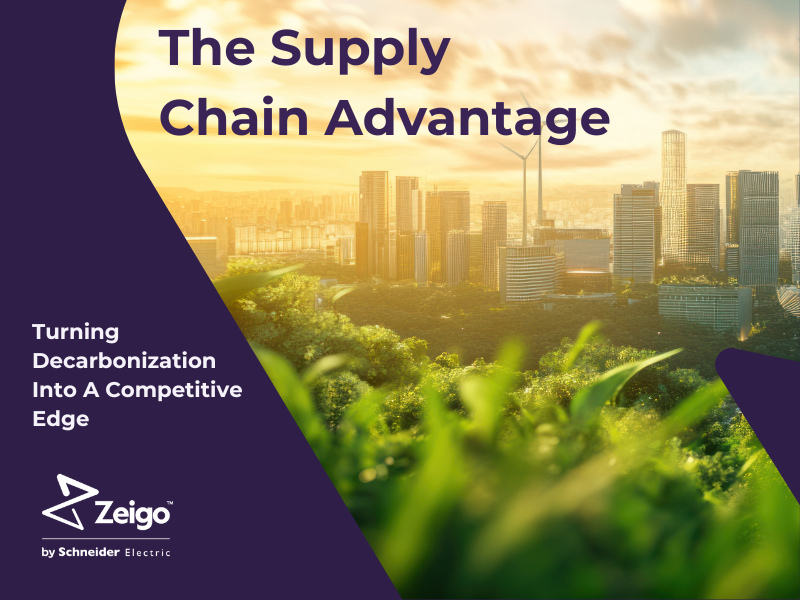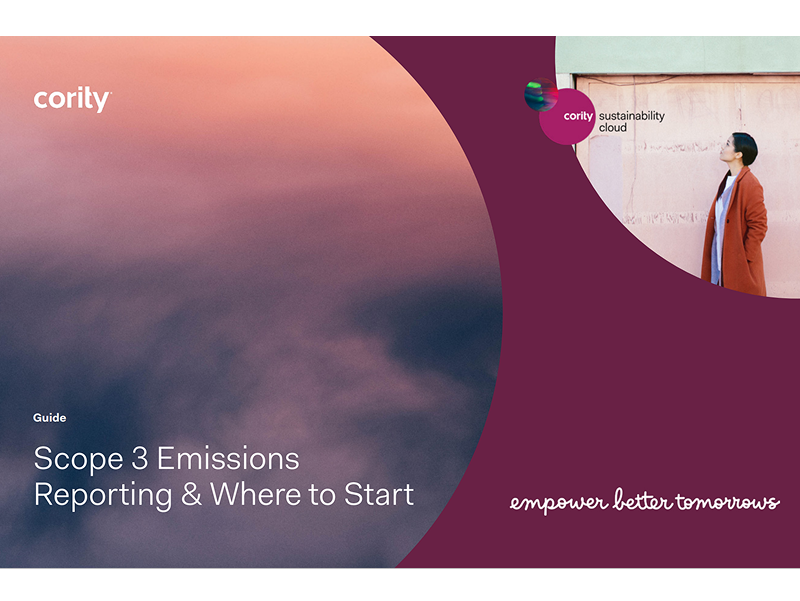Can Patagonia's 'responsible economy' campaign catch a wave?
Can the iconoclastic company that advertised "Don't buy this jacket" convince consumers and other companies to change the economy for good? Read More
The clothing and gear company Patagonia continues to challenge us to rethink our relationship with stuff. Two years ago, the company launched a provocative marketing campaign that said “Don’t Buy This Jacket,” an effort to tamp down impulse buying in favor of quality goods built for the long term — which, of course, is what Patagonia makes.
The company’s newest campaign is to promote a “responsible economy,” an expanded effort to curb consumption aimed not just at consumers but at the business and policy worlds as well.
Changing the economic model is a steep climb for a small, privately held company that started out selling mountaineering gear, but the company’s founder, Yvon Chouinard, has never shied away from the tough stuff.
Patagonia’s Responsible Economy campaign wasn’t created by Chouinard, however. It originated with a group of employees led by Rick Ridgeway — like Chouinard, a pioneering climber and adventurer. Since 2005, Ridgeway has led environmental affairs at Patagonia; he also sits on the company’s board.
I spoke with Ridgeway recently about the new campaign, and how a tiny company hopes to change a mammoth problem. The conversation has been edited for clarity and length.
Joel Makower: What is the Responsible Economy campaign about?
Rick Ridgeway: It is an effort to start a conversation about what a really sustainable economy might look like. It begins with the assumption that the path we’re on now is not sustainable long-term. So that’s where the conversation has to start. It starts with whether you accept that as a premise.
Our argument is that compounded annual growth long-term is unsustainable. We go into the macroeconomics of that as well, as I think you must in order to examine the premise to see if it is indeed a starting point for a conversation. I cited The Limits to Growth as where the conversation began in the ‘70s, with the book and the Club of Rome and the reports of Paul Ehrlich and other macroeconomists who 30 to 40 years ago were seeing the footprint of our human activity on the planet as a combination of our population. And most importantly in their analysis, the growing affluence of that population. It compounded the annual increase in its use of those goods and services produced by all of us.
As you examine the impact of those three ingredients in our overall footprint, then from a macroeconomic point of view, the biggest contributor and the most worrisome threat and the long-term implications of this growth with affluence was the 2.5 to 3.5 percent growth in those human activities, year in and year out. Since then, looking back on the last 40 years, much of what they predicted has really been realized, to where the Global Footprint Network estimates our current overuse of the Earth’s limited resources is about 1.5 times what they estimate the planet can regenerate.
When you look at those original formulas that those macroeconomists developed three or four years ago, and you project them forward at the current trends and rates, by 2050, it’s estimated that we’ll be three or even more times beyond the capacity of the Earth to replenish what we’re taking from it and using up. So, you don’t need an MBA to know that’s some sort of bankruptcy long-term. It’s unsustainable.
Makower: Can’t technology and other innovations offset some or all of that growth?
Ridgeway: Arguments like that are often couched in the claim that decoupling business from materials extraction is the Holy Grail, which will allow us to achieve sustainability — that so-called circular economy where all the resources that are used to make our goods and in large part our services are captured in a closed loop, will be enough to return us to a sustainable and balanced economy. We’re questioning that. At its heart and soul, the assumptions on which we base this campaign are that even if you were to achieve that Holy Grail, the growth would still eclipse the benefits you would achieve from the reductions in footprint on a unit basis from those sustainability innovations that would achieve a so-called circular economy.
It’s our hunch that all these sustainability innovations put together are not going to be enough to offset the continued increase in our human footprint that comes from this tie to growth. If that’s right, then what are we going to do about that? Isn’t it time to start having a conversation about that? We don’t hear anybody talking about it other than a few isolated economists and academics. No one in the business community has brought this topic up to open discussion.
We think it’s time to do that, so that’s what the campaign is about. It’s an effort to start a conversation about growth.
Makower: Tell me a little bit about what this campaign is going to look like. Where are we going to see it? How do you plan to foment this conversation?
Ridgeway: We’re starting the conversation in our own communication channel: the essays we run in our catalogs, the blogs that we have on our website, the point-of-purchase displays we put in our stores, the e-mails that we send to our customers, the conversations we have with the press. Then we’re hopeful that effort will broaden and widen. We’re not sure where that might go because, again, nobody’s really done this yet. So, for us, it’s a bit of an experiment.
One thing we say up front in this campaign is that we don’t know what the answer to our own questions are, and we don’t think anybody knows the answers to these questions. In other words, here’s the big question: If growth is the elephant in the room, and if over time it’s unsustainable, and if it is the underpinning of our capitalist system — which I think most would argue it is — what would capitalism or an economy look like without growth or even with retraction? What would jobs look like? What would our societies look like if they weren’t based on compounded annual consumption?
Makower: Don’t you take some solace from what many companies, including Patagonia, are doing to reduce their footprints?
Ridgeway: Take a company like Apple, who has done a very admirable job of reducing the impact of their products on a unit basis. They’re decreasing them over 20 percent in the last, not even 10 years. Yet the growth of their organization is overriding the benefits of those reductions on a unit basis. Overall, their corporate footprint is increasing, and so is ours at Patagonia.
So are the footprints of many, many other companies that are working passionately to reduce the impacts of their products on a unit basis so that on a relative measurement their footprints are going down, but on an absolute measurement, they’re going up.
That’s what’s behind the most fundamental contributor to the continued decline of every indicator of our planet’s health. Just go through the checklist. You know what it is: CO2, toxics, the growth of deserts, the disappearance of forests, the acidification of the ocean, the eutrophication of our freshwater lakes, et cetera, et cetera.
Makower: I couldn’t help but notice that Businessweek piece back in August that said that last year, despite your “Buy Less” campaign, that your sales increased by almost a third, which might lead some cynical types to say that all of this is just a clever marketing campaign to sell more stuff.
 Ridgeway: We are clear in telling everybody that we don’t have it figured out. It is a debate in progress. How do you run a company with zero or even very, very minimal growth and make it successful? We don’t have the answer to that. One thing we do suspect is that is an ingredient in what might be long-term solution are the kinds of products that a company like ours or any company makes.
Ridgeway: We are clear in telling everybody that we don’t have it figured out. It is a debate in progress. How do you run a company with zero or even very, very minimal growth and make it successful? We don’t have the answer to that. One thing we do suspect is that is an ingredient in what might be long-term solution are the kinds of products that a company like ours or any company makes.
We do believe that moving forward that high-quality products that last a long time — that are offered to customers with support for the lifetime of that product to repair it and to keep it in circulation to offer a company’s customers ways to take it back and put it back in circulation — is still good. All those things that we’re trying to do — we do believe that those are key ingredients in what ultimately might be a solution to this dilemma that we think we’re facing.
We are encouraging our customers to clean out their garages and closets and, if the qualified used Patagonia stuff is still really serviceable and they’re not using it anymore, bring it back to us. We’ll give you credit for it in our stores, then we refurbish those products, and now we’re selling them. We’re opening used clothing sections in some of our stores and expanding that. We’re continuing to make more robust our recycling program where, in the case of our polyester, it really is a true closed-loop technology. It’s that circular-economy technology that I talked about at the beginning. So, we’re trying everything we can do to do those things, but yet we’re still growing.
Makower: So, the idea of buying quality, longer-lasting goods may work in a market where people can afford — I don’t know — a $700 jacket. But that’s not a strategy for the masses.
Ridgeway: There will be an increasing number of people that recognize that if you pay more for a jacket that lasts a lot longer and you run the numbers, you’re saving money. It’s an investment. Now, I know that that’s a long ways from a Wal-Mart or H&M or Zara customer, but I believe that all of those companies are starting to recognize they would be smart to begin delivering higher-quality products. They’re thinking about it, and maybe over time there will be a shift away from fast fashion, speaking about the example of our own sector, towards products that last a lot longer.
Makower: So, what does success look like for the Responsible Economy campaign?
Ridgeway: Here’s success from my view. We hope that our customers engage in a conversation with us, and that’s starting to happen. We’re getting a little blog traffic on it. I personally hope that we can get the conversation started in business circles, that business conferences adopt this as a topic for discussion. That would be a success. An even bigger success would be if we either are invited or can insert ourselves into conversations with policymakers so that we can get this on their radar screen. And not just in this country, but in Europe and Asia as well.
Makower: So, as usual, no small ambitions for Patagonia.
Ridgeway: Well, this is no small problem. This is arguably one of the biggest challenges as a species that we face. We’re all talking about how you solve climate change and all these giant, giant world problems. Well, if you think about it, the origin of these problems is what we’re talking about right now. It’s growth. We’re just a tiny little company trying to do our tiny little part to at least start the conversation.
Makower: So, let’s say you succeed and everybody starts buying stuff that lasts a lot longer and they start buying fewer things. Consumption goes down considerably. How would capitalism react to that? How would it reshape itself to accommodate that?
Ridgeway: Nobody knows right now. That’s the conversation all need to start having. As we start thinking about a business’s response to that — and we think all businesses would be smart to start thinking about it — you start asking yourself questions. “Well, let’s see, I can survive by taking market share. How do I do that? I can survive if I shift my mix from just goods to a mix of goods and services. I could survive by making my organization a lot more resilient and maybe making it less dependent on growth itself.”
Those are all things that we’re thinking about here. We think all companies would be smart to be thinking about those same things — but even then, those may be partial solutions. Beyond that, the horizon line gets very fuzzy.
You can hear Rick Ridgeway speak in person about sustainable storytelling soon at the BSR Conference in San Francisco on Nov. 6.
All images courtesy of Patagonia
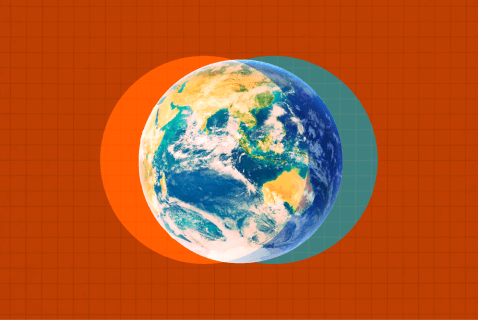
Subscribe to Trellis Briefing
Featured Reports

